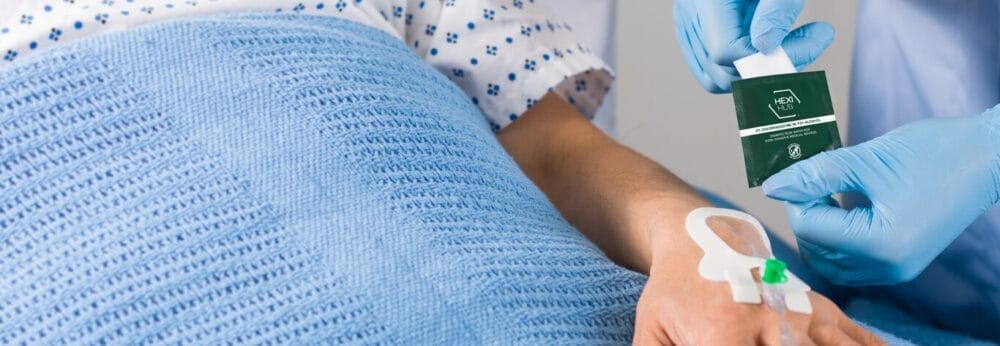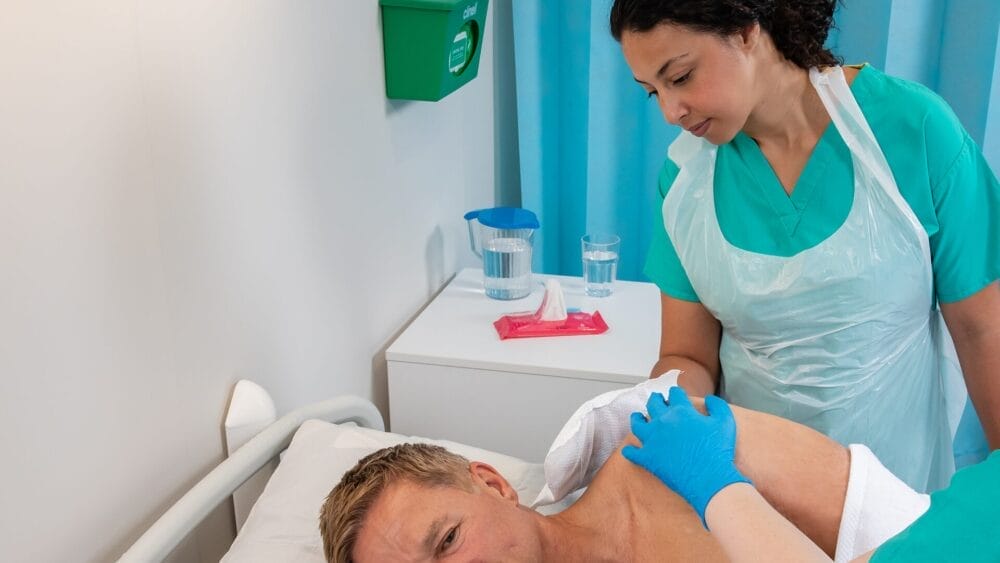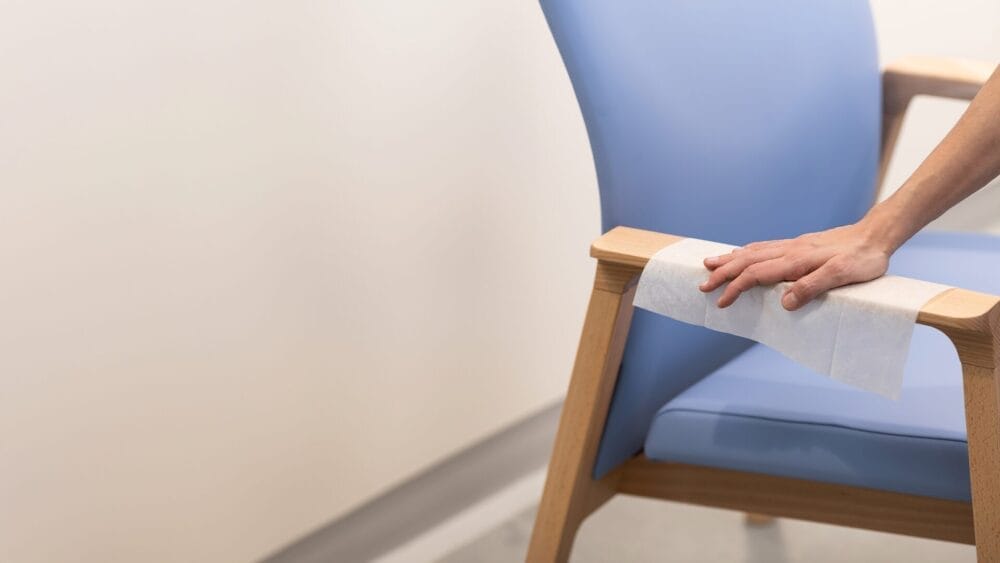Posted
7th June 2019
Research
An important new US study has performed an epic head-to-head evaluation of 8 different UV-based room disinfection systems. Whilst there were some differences between the UVC-based systems, there was a stark difference between the efficacy of the 7 UVC systems and the one pulsed-xenon UV (PX-UV) system, with the PX-UV proving considerably less effective.
UV systems are becoming increasing popular to augment terminal room disinfection in healthcare settings, supported by the recently published Lancet study demonstrating improved patient outcomes. However, go to any IPC-related conference and there’s always an array of UV based systems, each with bold, sometimes conflicting, and sometimes fanciful claims. It is very challenging to compare the efficacy of the various systems on the market, because the efficacy tests are performed using slightly different methodology. Therefore, head-to-head evaluations, which use exactly the same methods to test the efficacy of more than one system are very valuable.
This new US study has performed a head-to-head evaluation of UV systems on a scale not seen before – including 8 different systems in the comparison. C. difficile, MRSA, and VRE were dried onto stainless steel discs and exposed to the UV systems in a radiology room. The discs were located at various points in the room, both in direct and out of direct line of sight of the UV device. The devices were placed in a standardised location (to the extent possible), and operated for the same duration (4 minutes). The UVC systems achieved a 2-4 log reduction on the MRSA and VRE discs, and a 1-2 log reduction on the C. difficile spores, whereas the PX-UV system was significantly less effective, with a <1-log reduction on all discs tested. The robotic UV device, which moved around the room, fared best overall, with a 3-4 log reduction on the MRSA and VRE, and a 3-log reduction on the C. difficile spores at all room locations. The investigators also measured the amount of UV from the various points in the room, showing that most UVC systems produced a similar amount of UVC, whereas the PX-UV produced less UVC and more UVA and UVB.
This study provides vital data in helpful hospitals to choose between the various options for UVC systems, reinforcing that UVC systems are more effective than PX-UV systems for inactivating bacteria that can cause HCAI on hospital surfaces.
SHARE THIS ARTICLE
Tags
Latest News
Embracing sustainability and cost savings: The journey of Clinell Indicator Notes to paper-based solutions
At GAMA Healthcare, we’ve always prided ourselves on being at…
Introducing HEXI HUB: A seamless transition in our product line
We’re pleased to announce an update to our product offering…
Innovative solutions for tackling Carbapenemase-producing Enterobacteriaceae (CPE) at King’s College Hospitals
King’s College Hospital NHS Foundation Trust, one of London’s largest…
Gloves Off: reducing unnecessary plastic waste during environmental cleaning and disinfection
In this blog, Dr Phil Norville discusses the momentum-gaining ‘Gloves…




